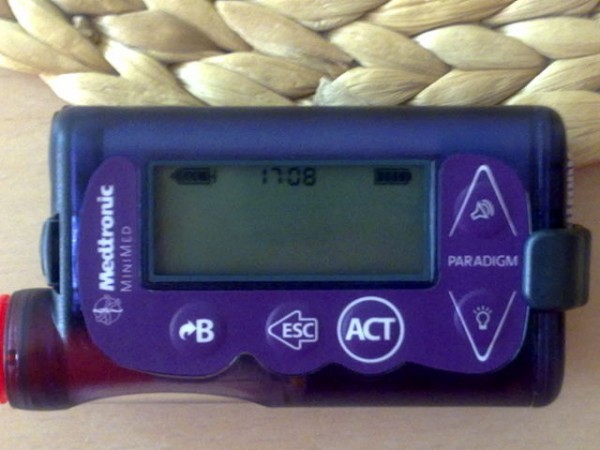Smart Insulin Pumps: Here's How the Devices Work and Who They Are For

With today's developments in technologies such as unceasing glucose monitoring machines, studies found that 'traditional insulin pumps' are developing into more advanced smarter devices that can digitize the delivery of insulin.
Technology has changed the way people do almost all things, and it has now innovated the management of diabetes.
With today's developments in technologies such as unceasing glucose monitoring machines, studies found that "traditional insulin pumps" are developing into more advanced smarter devices that can digitize the delivery of insulin. Such an automated insulin delivery is also what people refer to as "artificial pancreas."
A couple of years back, according to reports, "A DIY community f diabetics" learned the manner of hacking "insulin pumps."
However, Medtronic and Tandem Diabetes Care, firms that manufacture medical devices, have finally been able to catch up.
The two firms have commercially marketed hybrid closed-loop systems that can adjust the levels of insulin every five minutes.
ALSO READ: At-Home Blood Pressure Monitor: 5 Things to Consider When Choosing a Reliable One
How Insulin Pumps Work
Insulin pumps are small in size. They are computerized devices mimicking the manner the human pancreas function by the delivery of small doses of short-acting insulin unceasingly or basal rate.
Additionally, the device is utilized for the delivery of variable quantities of insulin when food is eaten. Essentially, the basal insulin rates are typically set up in the pump with the doctor and can have just one or several basal settings set in the pump based on the patient's needs.
The user programs the amount of insulin for his so-called "mealtime bolus" directly into the pump. Most pumps are available with built-in calculators to help in finding the amount of insulin needed at mealtime based on sugar levels, as well as the number of carbs eaten.
With a similar size as a smartphone or "deck of cards," the pump is worn outside the body. It delivers insulin via a catheter or tube that's connected to a "thin cannula" placed into the layer of fat underneath the skin, usually around a person's stomach area.
DON'T MISS THIS: Wearables: Helping You Lead a Healthy Life Right on Your Wrist
How the Device is Worn
Specifically, the insulin pump can be worn around a person's wrist "in a pump case." It can also be attached to a bra for women. Some say, they place the insulin pump in their belt, "In a pocket, or on an armband."
There are various personalized accessories available in the market today, so one can carry or wear his insulin pump with style.
To use this device, one needs hands-on training from professionals. He will be taught how to fill a pump tank, prime tubing, choose an infusion location, modify an infusion set, detach the device, compute and set doses for both basal and bolus, troubleshoot probable problems, develop backup plans should there be a failure in the pump, and avoid diabetic ketoacidosis from taking place.
Who can Use Insulin Pumps?
Monitoring blood sugar is essential as it gives one a warning if his pump is not functioning correctly, or his infusion set ceases from functioning.
People who prefer pumping devices are suitable for an insulin pump. For those who want this either for their own use or their loved ones' and can be used safely, it should then be used.
This device is also ideal for those experiencing frequent low blood sugar results. Those who have delays in the absorption of meals from their stomach are also suitable to use the insulin pump.
Lastly, women who are planning to get pregnant, or those who want to use the bolus calculator functions of the pump to determine doses of insulin are also advised to use this device.
IN CASE YOU MISSED THIS: Asthma as a Trigger for Severity of COVID-19, Ruled Out by Science
Jul 20, 2020 07:30 AM EDT





